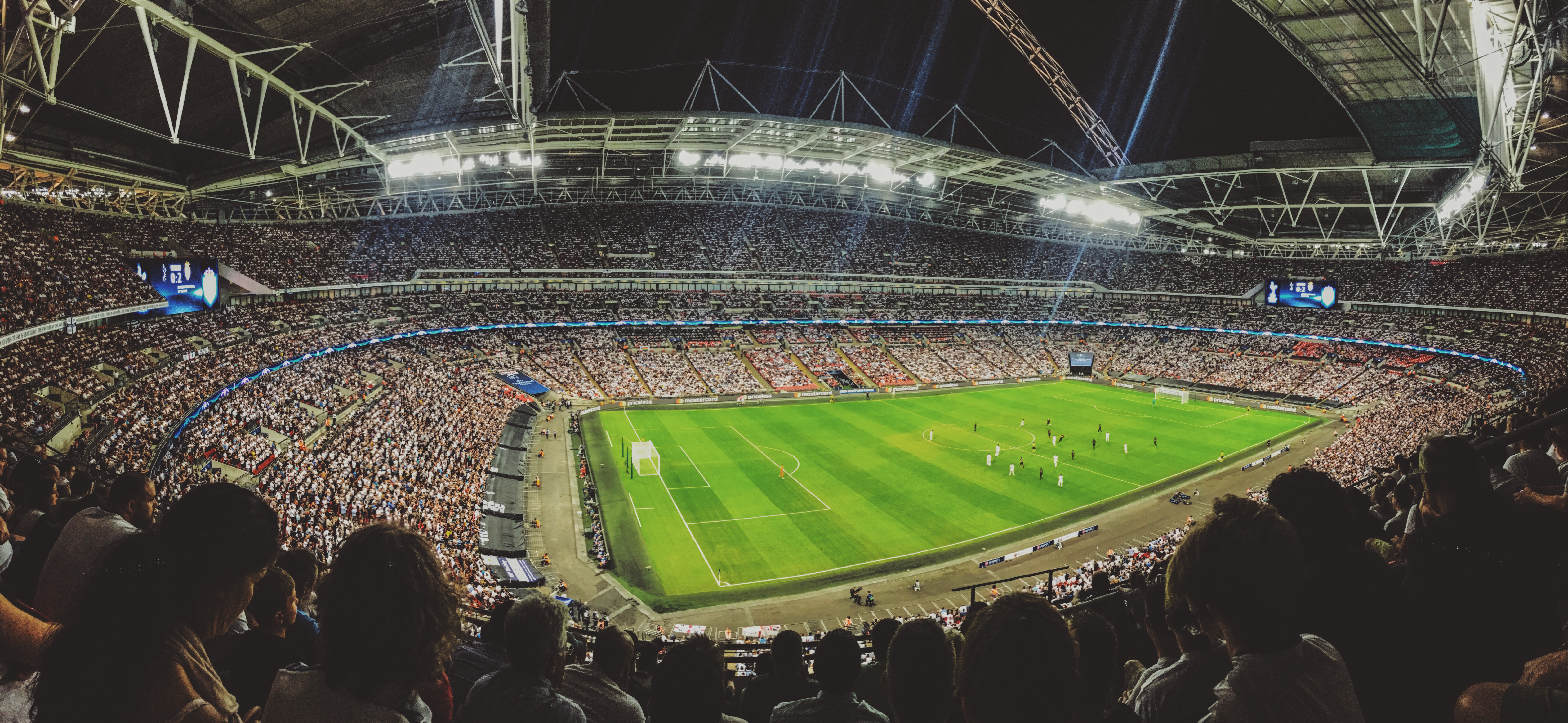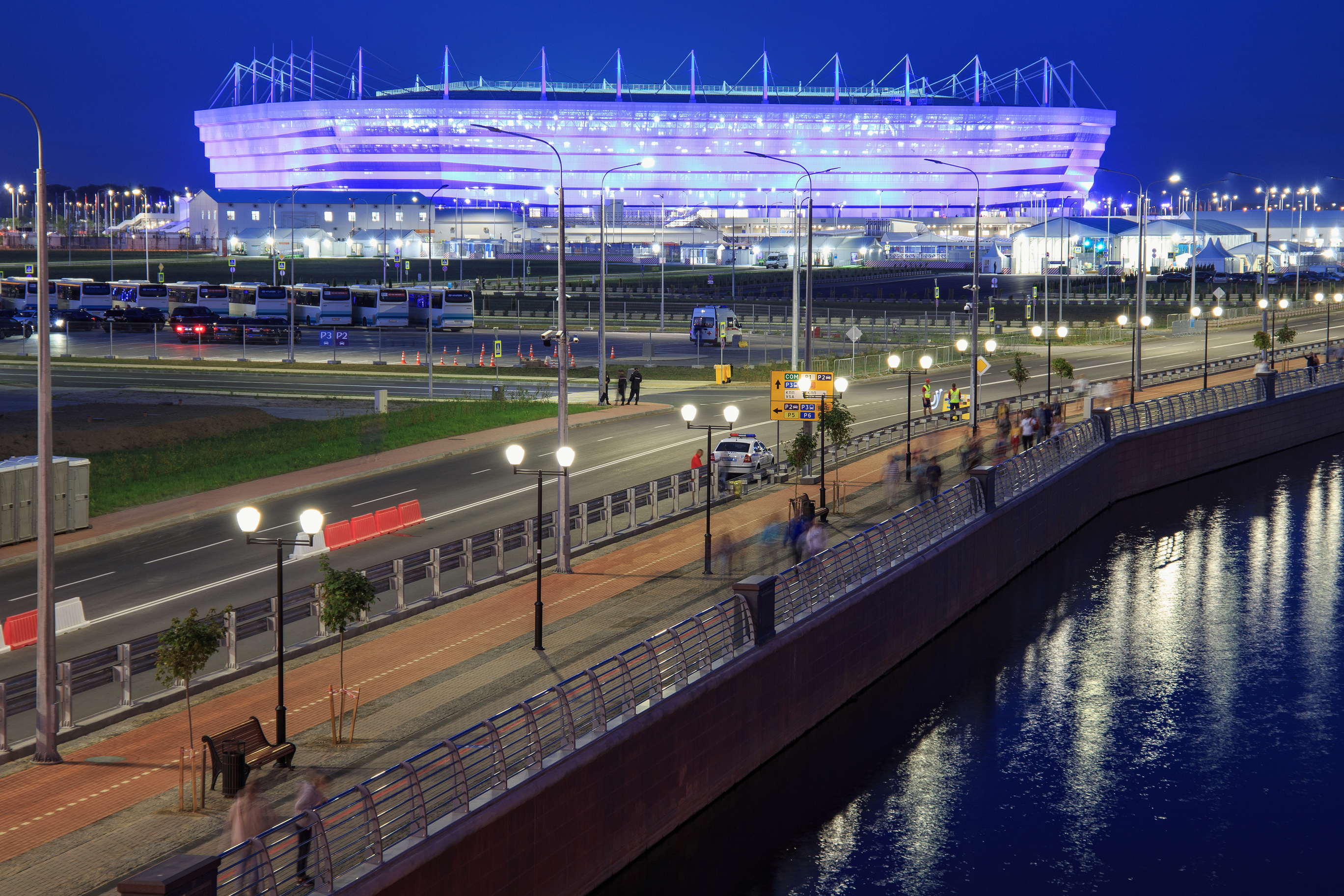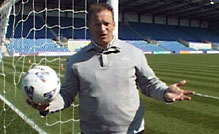In May 1969, one month after the inception of The Open University, Manchester City won the FA Cup when they defeated Leicester City 1-0 at Wembley Stadium. During The Open University’s 50th year they celebrated winning the League Cup for the fourth time in the previous six seasons. However, unlike the OU, Manchester City’s success has not been consistently achieved, and the past 50 years has witnessed many barren seasons when the team failed to win any major trophies and experienced relegation to the third tier of English professional football. Their rise to becoming one of leading clubs in English and European football again is a story that reveals a lot about the profound and wide-ranging transformation of football over the last 50 years.
The late 1960s and early 1970s were something of a golden age for British football with British teams, Celtic and Manchester United, winning the European Cup in 1967 and 1968, as well as a European Cup Winners’ Cup for Manchester City in 1970. British clubs, Leeds United (twice), Arsenal and Newcastle United, won the Fairs Cup (now the UEFA Europa League) between 1968 and 1971 to reinforce the success of England at the 1966 World Cup.
Manchester City won the 1969 FA Cup with a team of eleven English players and an English manager. In 2019 the League Cup winning team featured just two Englishmen and was managed by former Spanish international, Pep Guardiola. Table 1 shows the nationalities of the players of the two successful teams and highlights the global composition of Manchester City’s team in 2019, a group of players drawn from countries across Europe and South America.
Table 1: Countries of origin of 1969 and 2019 players
|
These figures will come as no surprise to any follower of English professional football, but what is more illuminating is the scale of income that Manchester City now generates and its new sources. The financial accounts of teams in 1969 are difficult to track down but I have found the accounts of Manchester City’s neighbours, Manchester United, and compared them to Manchester City’s accounts for 2017 in table 2.
Table 2: Sources of revenue 1969 and 2017
|
Since 1969 clubs’ income has increased almost a thousand-fold. In 1969 television and commercial revenues, through ground and shirt sponsorship and endorsements, were of no major significance. For example, in 1969 Manchester United made 10 times as much income from programme sales as they did from television revenue. Today in the Premiership, gate receipts make up a much smaller proportion of income for clubs that operate on a global scale.
The introduction of new revenue streams into professional football has transformed the game in ways that a football supporter in 1969 could never have imagined. But it should not be forgotten that professional football in England has come from a dark place and the 1970s and 1980s were particularly low periods in the game’s history. In 1985 a Sunday Times article described football as:
“A slum game, played by slum people in slum stadiums.” 3
1985 was a particularly bad year for football as 39 people were killed at Heysel and 56 in the fire at the Bradford Stadium. Attendances also fell to their lowest ever level. The Hillsborough disaster of 1989 when 96 fans were killed, and the ensuing Taylor report acted as a catalyst for change. The transformation of the game, in economic terms at least, can be attributed to the formation of the Premier League with the increased funding from television companies, including the recently formed Sky TV (Goldblatt, 2014). It was the investment from Sky TV that proved to be turning point for English professional football.

Today Premiership football is exported globally, and a global product needs to be attractive to consumers. Income from the media and businesses has increasingly been spent on transfer fees for top players from all around the World and the accompanying wages that they demand. In 1969 the average top tier footballer could expect to earn around £64 a week with Manchester United laying out £204,028 on wages in comparison to the £264 million spent by Manchester City in the 2016-2017 season, with Kevin de Bruyne alone earning £280,000 a week. Manchester City have also benefitted from the sale of clubs to wealthy, overseas investors, in this case the Abu Dhabi United Group owned by Sheikh Mansoor. This is in part due to the attractiveness of the Premier League and the benefits it can bring owners.
In 2019 it does seem that football is now a super-rich sport, played by super-rich players in super-rich stadia but it is still beset by old problems and some disturbing new ones. There are still almost weekly incidents of racism, anti-Semitic chanting, abusive behaviour by crowds, managers and players, and supporter violence towards players. On a positive note, women’s football is slowly getting the funding and recognition it deserves and there seems to be more opportunities for women in the media. Hopefully the next 50 years will see these issues addressed seriously and, in the meantime, football will continue to offer The Open University staff rich areas for research and study.

Read the other articles in this collection
Now take a free related course










Rate and Review
Rate this article
Review this article
Log into OpenLearn to leave reviews and join in the conversation.
Article reviews